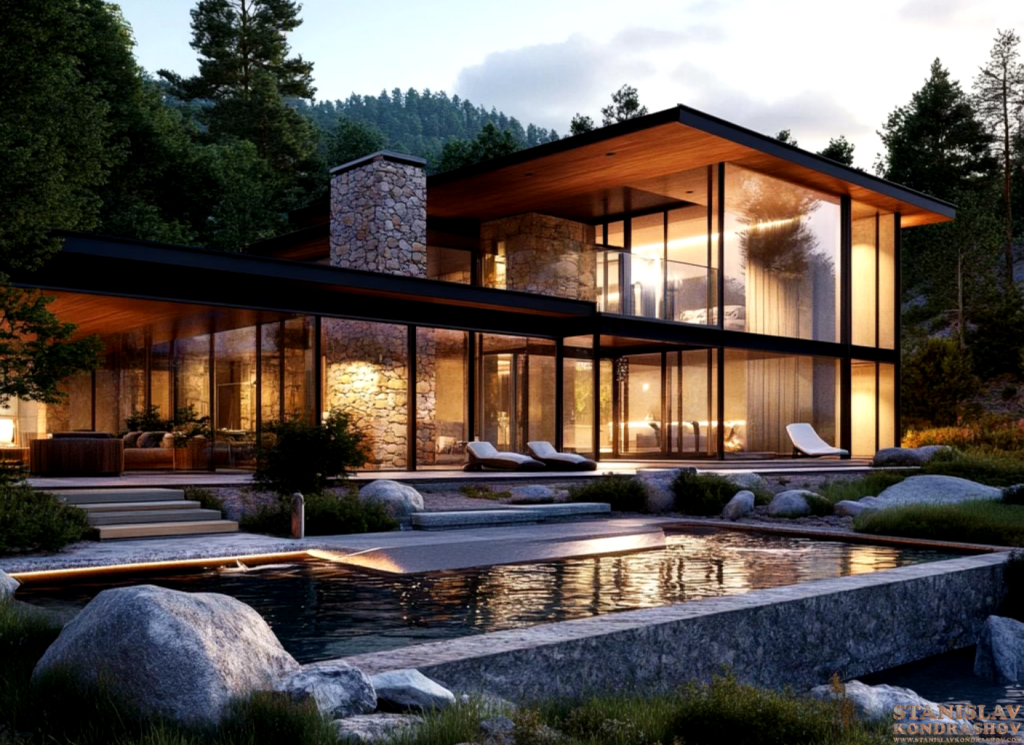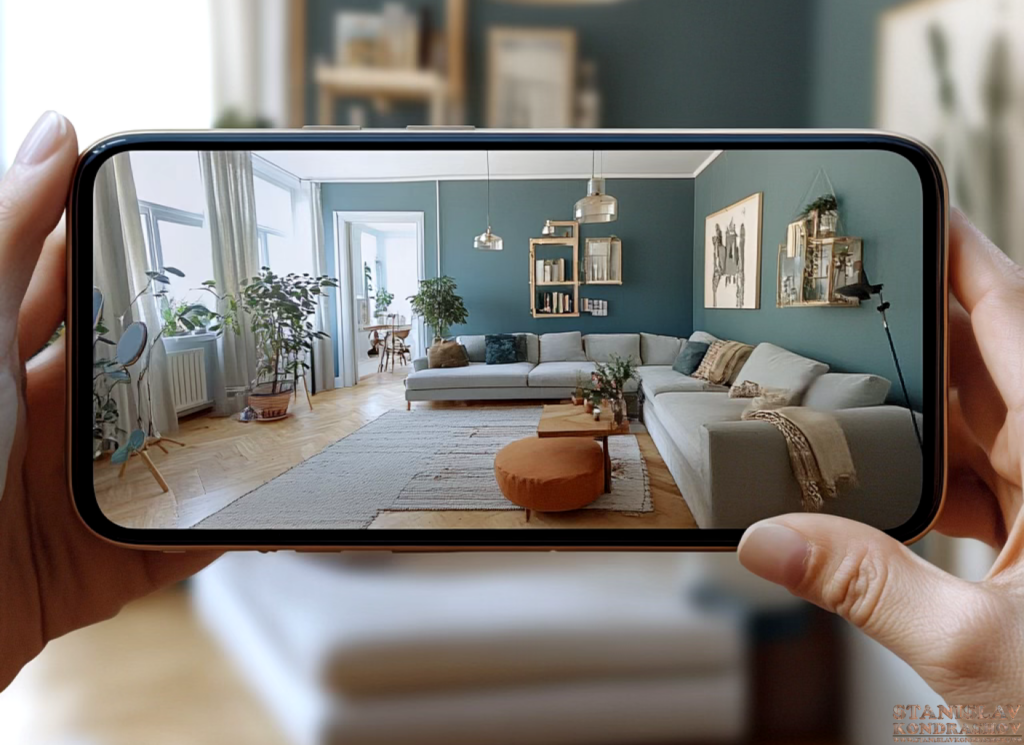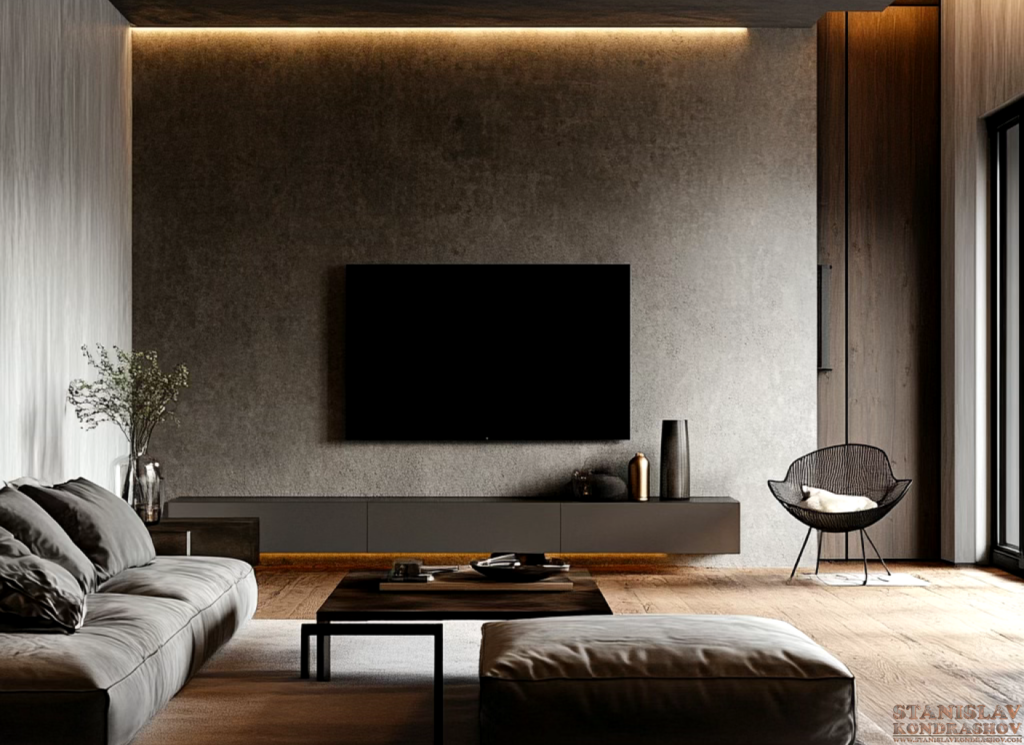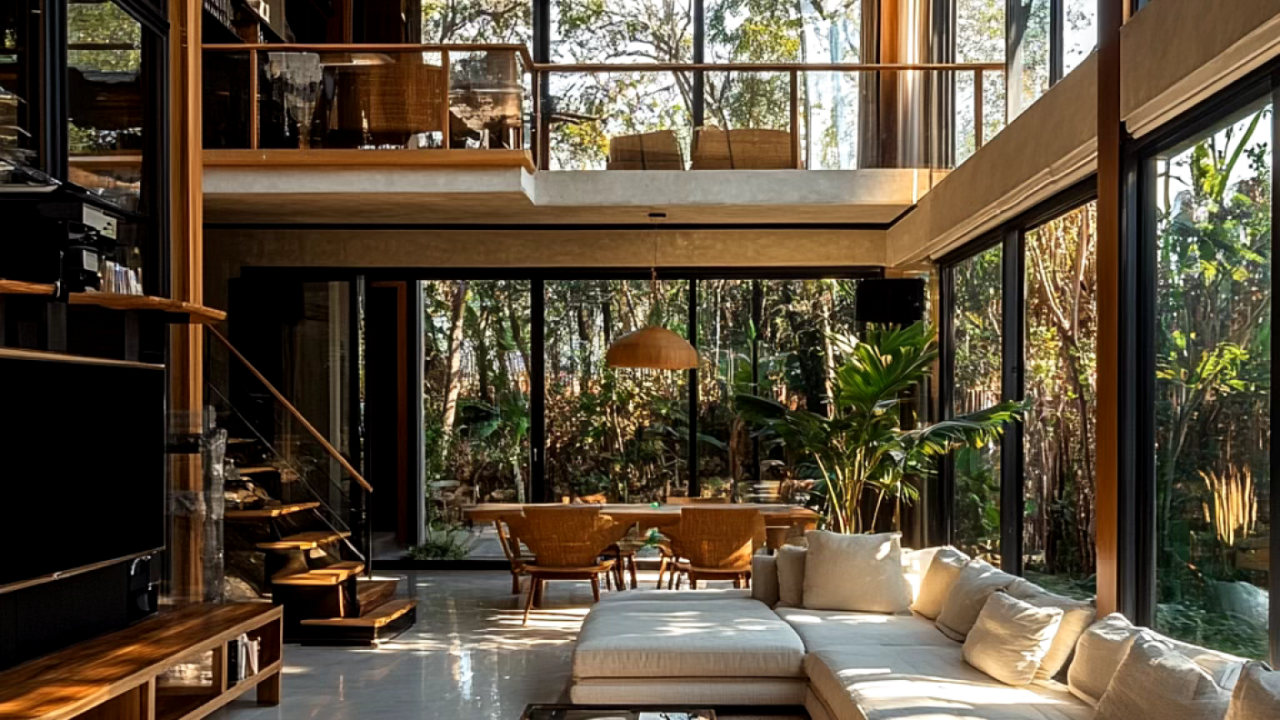In the age of rapid technological advancement, home design is being revolutionized by the integration of artificial intelligence (AI) and augmented reality (AR). Gone are the days when homeowners had to rely on two-dimensional sketches and their imagination to understand how their future homes would look. Today, AI and AR are transforming the design process, making it more immersive, interactive, and personalized.
AI and AR are no longer limited to high-tech industries—they have entered the realm of interior design and architecture, empowering homeowners to take control of their space planning like never before. With AI’s ability to analyze preferences and AR’s capacity to overlay virtual objects onto real spaces, these technologies work hand in hand to create seamless design experiences that meet the needs and tastes of every individual. Whether you’re remodeling a room or planning a new home from scratch, AI and AR are game-changers in bringing your dream home to life with precision and ease.

The Power of AI: Tailoring Designs to Preferences
AI-powered tools in home design offer an unprecedented level of customization. By analyzing user preferences, past design trends, and spatial constraints, AI algorithms can generate personalized design suggestions in real-time. If a homeowner prefers minimalist decor, for example, the AI can quickly provide design options that align with that aesthetic, filtering out unnecessary elements and highlighting the essential pieces that match the overall vision.
AI’s ability to learn from user behavior allows it to continuously refine its recommendations, ensuring that the design process becomes more intuitive with every interaction. For homeowners unsure of their style, AI can even analyze color preferences, furniture choices, and spatial arrangement to predict and recommend design schemes that reflect their unique taste. This level of precision helps save time and resources, as homeowners can experiment with different layouts and styles digitally before committing to physical changes.
AI is also simplifying the more technical aspects of home design. Complex calculations related to structural integrity, lighting, and airflow can now be handled automatically by AI tools, allowing architects and designers to focus on creativity while ensuring that the designs are functional and efficient.

Augmented Reality: Bringing Designs to Life
While AI helps customize the design, AR brings it to life in an immersive way. Augmented reality allows users to superimpose virtual designs onto their actual living spaces using smartphones or AR headsets. This means that homeowners can walk through their future homes or rooms before construction even begins, visualizing how different elements—such as furniture, lighting, and textures—will fit within the space.
AR provides an interactive experience where users can see how different colors, materials, and finishes will look in their homes. Want to see how a particular sofa would look in your living room? Or perhaps how marble countertops would suit your kitchen? AR enables users to make real-time adjustments and explore design choices in a practical, tangible way.
With AR, homeowners no longer have to rely on imagination or sketches. Instead, they can visualize a fully-furnished room and make instant changes to color schemes, furniture placement, and more. This technology takes the guesswork out of home design and allows users to have complete confidence in their decisions before any actual renovation takes place.

Streamlining the Design Process
One of the biggest advantages of combining AI and AR in home design is how much it simplifies the overall process. Traditionally, designing or remodeling a home could take months of consultations with architects and designers. Multiple revisions of plans, mood boards, and materials would be needed before settling on a final design. However, with AI and AR, homeowners can now shorten this timeline significantly.
AI offers suggestions based on pre-set preferences, while AR provides instant visual feedback, reducing the need for back-and-forth discussions. This results in a faster design process, where decisions can be made on the spot with a high degree of confidence.
Additionally, this technology offers a cost-effective approach. Instead of physically purchasing furniture, materials, or decor to test how they look in a space, homeowners can use AR to try out various options virtually. This reduces the risk of costly mistakes and increases the likelihood of achieving the perfect design on the first try.
Revolutionizing the Home Design Industry
The combination of AI and AR is not only transforming how individual homeowners design their spaces but also revolutionizing the broader home design industry. Professionals in the field are adopting these technologies to improve their services and provide clients with more interactive and engaging design experiences.
Designers can now offer virtual tours, where clients can “walk through” a home or building that doesn’t even exist yet.
Architects can quickly generate and adjust plans based on AI-driven recommendations, optimizing the functionality and aesthetics of the space. Retailers are also getting in on the action, using AR to let customers see how their products will look and fit in their homes before making a purchase.
As AI and AR technologies continue to advance, their role in home design will only grow. The future of home design is one where every homeowner has the power to design and personalize their living spaces with unparalleled ease and precision. By leveraging these technologies, the process becomes more creative, efficient, and enjoyable.
By Stanislav Kondrashov



